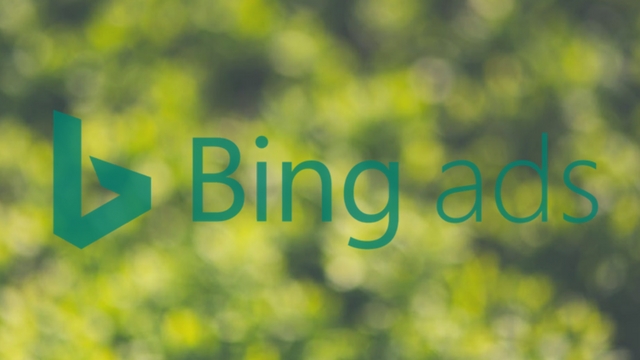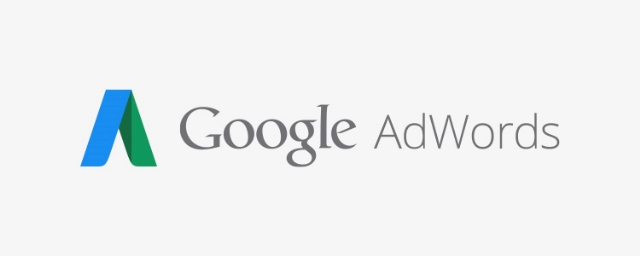
Bing is giving advertisers until July 31st of this year to adjust to the new extended text ads format. After that, they will have to make the switch because Bing will stop supporting the creation and editing of the popular standard text ad format.
The company is giving some leeway to those who still prefer standard text ads, saying “all your existing standard text ads will continue to serve alongside expanded text ads for the foreseeable future.” Eventually Bing will stop supporting and serving standard text ads entirely, but they will give advertisers a warning when they plan to finally shut it down entirely.
To prepare for the change, Bing listed several best practices and tips to make the most of expanded text ads (EXTAs):
Create EXTAs within existing campaigns and ad groups along current STAs
- Use Standard Text Ads as a baseline to measure how well Expanded Text Ads are performing
- Create a 1:1 ratio of EXTA to STA ads in each ad group to maximize EXTA impressions
- Helps avoid impression and click loss while testing EXTAs
- Assures that EXTAs inherit all ad extensions and other set ups from the existing STAs
- Once you are confident in the Expanded Text Ads performance, customers can move to 100% adoption, and delete their STAs
Take full advantage of the additional character limits
- Use your best performing STA copy as a starting point when creating EXTAs
- Experiment with messaging (try different length combinations)
- Remember that headlines are important. Longer headlines help increase the visual space of text ads and help communicate additional information to searchers
- Think about using content such as domain, display, description, query in ad title 2







